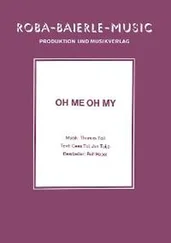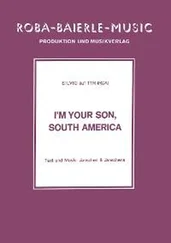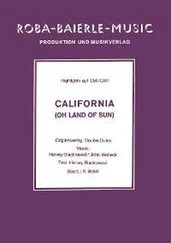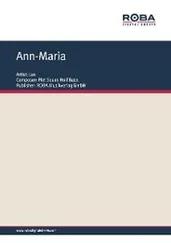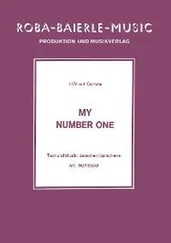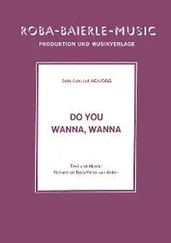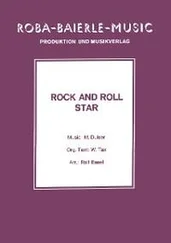evelle (who had remained loyal to the government) razing the chateau belong-
ing to agitator Blaise de Suduirault to the ground (although it is still not entirely
clear whether this was to settle a private or a political score) – Bordeaux's mer-
chant nobility remained virtually unscathed, and happily continued making
wine and enjoying its extravagant lifestyle. During the French Revolution, the
parliamentarians once again backed the wrong horse (although who really man-
aged to pick the right one in the bloody confusion?), were declared enemies of
the young nation and made the acquaintance of Madame la Guillotine. There
were many other executions in Bordeaux, and anyone wanting to escape the
sca
ff
old was forced to leave their land and allow it to be con
fi
scated, with nu-
merous estates being put up for auction. However, from a modern pragmatic
perspective, the Revolution was just a turning point that brought an influx of
new blood and capital, as many estates were acquired by different aristocratic
families during the Restoration. In the years after the Congress of Vienna, a large
number of citizens quickly came into money, began by acquiring a patent of no-
bility (sold in bulk by the reinstated French crown which was constantly short
of money), and as the crowning glory of their career and a symbol of power and
success, they acquired a real chateau, surrounded by vines of course. (Nouveau
riche) bankers or businessmen then replaced Bordeaux's old moneyed aristoc-
racy who had ruled the winemaking roost in the 17th and 18th centuries, and as
merchants, notaries, doctors or tradesmen were constantly forced to buy a seat
in the city parliament, rather than inheriting it from a father or uncle. This was
almost as essential for a first-class Bordeaux citizen as a service pistol once was
to a Swiss who wanted to join the ranks of high society.
32
HistoryFairy-tale chateaus
Fairy-tale chateaus
Today only a few, well known wine estates such as Lafite, Latour or Margaux
actually date back to medieval manors (or ‘seigneuries' in French, a form of ad-
ministrative district where the local lord dispensed justice and reigned supreme).
Most of these also had an old, generally dilapidated castle, or more specifically
a fortress, as a chateau is by definition not a residential building but rather be-
gan life as a military defence facility. These dark, damp stone palaces with their
thick walls and arrow-slit windows had long since been uninhabited, or only oc-
cupied when necessary. From the Renaissance onwards, the old chateaus gave
way to more comfortable Italian-style villas known as ‘maisons nobles'. The ac-
tual ancestral seat declined into a symbol of old ancestry and high nobility. One
of the first actual wine chateaus was Haut-Brion which the de Pontacs built in
1550 as a country house, summer residence, and symbol of their estate, wealth
and perhaps even their vineyards which surrounded it. However, the Bordeaux
wine chateau primarily found in the Médoc is a 19th-century invention. In 1787,
Jefferson spoke of Haut-Brion without the Château pre
fi
x, and only mentioned
two examples: Château de la Fite and Château Margau, both old seigneuries.
Only La Tour, also an old seigneurie, had to renounce its chateau title and was
relegated to a mere ‘cru'. Many ‘chateaus', including the one at Latour, were only
built after the o
ffi
cial 1855 classi
fi
cation we will soon be examining in further
detail: it was not until after this publication (which listed all estates still without
their ‘chateau') that the term for a wine estate became an essential prefix, and
a real chateau building played a vital role in establishing its image. The build-
ers of these more or (generally) less tasteful edifices were the nouveau riche,
entrepreneurs or bankers such as the Douats, Pereires or Rothschilds. They
found their ideal creator in the form of architect Louis-Michel Garros, the inven-
tor of every possible ‘neo' style (neo-Renaissance, neoclassical etc.) who was as
happy to plunder English Gothic as the French Renaissance. The first chateau
commission given to Garros, who settled in Bordeaux in 1863 after studying in
Paris, was Fonréaud in Listrac. This was followed by numerous others including
Lachesnaye, Malescot-Saint-Exupéry, Lascombes and Ducru-Beaucaillou. Gar-
ros was the true inventor of the ‘wine chateau', later also creating many other
variants in Béziers, where other levels of society came into money virtually
overnight thanks to the liquor and mass wine trade. His interpretation of the
‘chateau' clearly refuted the principles of the era's other great eclectic architect
Viollet-Le-Duc (to whom we owe renovation of Carcassonne, a childhood dream
of a knight's castle in Languedoc as controversial as it was successful), whose
1858 handbook of architecture complained that the term ‘chateau' should be
reserved for just medieval buildings with all newer forms being described as
a ‘maison des champs', or country house: ‘A country which has abolished the
aristocracy and thus all privilege cannot seriously build “chateaus”. For given
33
Class society History
the partitioning of an estate, what is a chateau other than a flash in the pan, an
extravagant structure which perishes with its owners without leaving the slight-
est reminder.' How can he be so right and yet so utterly wrong!
Class society
On 18 April 1855, the Bordeaux Syndicate of Wine Brokers addressed a letter
to the Bordeaux Chamber of Commerce which began as follows: ‘Dear sirs, on
the fifth of this month we were honoured to receive a letter from you in which
you asked us to send you a complete list of classified red wines in the Gironde
and of our great white wines. We have collected all the information we need
in order to comply with your request, and are able to provide you with the at-
tached list.' The list contained 56 names of red wine estates in the (Haut) Médoc
region and one from Graves (Haut-Brion) as well as 21 names of (sweet) white
wines from Sauternes and Barsac, all divided into five categories from 1ème to
5ème Cru Classé: this was the handwritten original of the oldest and most fa-
mous of all the o
ffi
cial wine rankings, namely the 1855 classification, created on
the occasion of the Universal Exposition in Paris and adopted by head of state
Napoleon III. One estate (Cantemerle) was left out and subsequently added a
year later, and in 1973 an estate moved up from the second category to the first:
Mouton-Rothschild. Other than this, the classification has never been changed,
and the fact that it has since grown to 61 red and 27 white wine estates is the
result of estate partitioning and the merging of certain estates with others.
The history of the classification alone would fill volumes. Let us simply note
that this cataloguing of Médoc wines plus Haut-Brion into two, then three, and
ultimately five categories was already taking place in the early 18th century.
‘Crus' (or ‘growths', meaning wines whose grapes were grown in a speci
fi
c loca-
tion) were described as ‘Grand' (‘great') if they di
ff
ered signi
fi
cantly from ordi-
nary everyday wines (consequently known as Crus Ordinaires) in terms of both
Читать дальше

